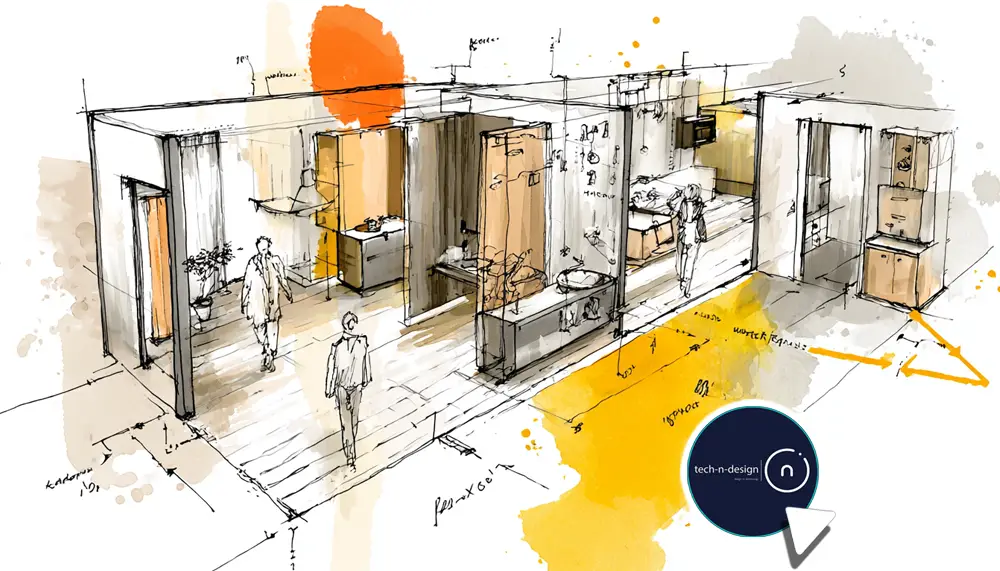House plan Animated Interior Entities: Bringing Design Ideas to Life
Houseplan Animated Interior Entities make static floor plans feel real. I use short animations to show how a space behaves over time, then we review them together to make decisions with confidence.
When I say Animated Interior Entities, I mean the moving parts inside a plan: sun path across the room, door swings and clearances, people flow through tight spots, blinds responding to light, and appliance doors in use. Seeing these in motion surfaces pinch points early, so we pick layouts, fixtures, and finishes that work in daily life.
As the client, you watch, react, and decide. The goal is fewer surprises, faster approvals, and choices that hold up once the space is built.
What are Houseplan Animated Interior Entities, and why do they matter?
Animated interior entities are the moving parts inside a digital house plan, think people avatars testing circulation, doors swinging to reveal clearance issues, blinds responding to sunlight, and fixtures toggling through scenes. They behave over time, not just in snapshots. You can watch morning light crawl across a kitchen island or see how a fridge door blocks a walkway. This movement makes invisible constraints obvious, early.
Animation reframes design intent as a story. A “day-in-the-life” sequence shows how kids, pets, and guests actually use the space, where bottlenecks form, which rooms sit idle, and when glare becomes a problem. Path-of-travel animations expose pinch points you’d miss on a 2D plan. Lighting timelines clarify mood shifts, so material and color choices stick.
The business value is clarity and speed. Clients understand trade-offs quickly when they watch them unfold, so approvals come with fewer caveats. Designers iterate with evidence instead of hunches, trimming back-and-forth. And when you present immersive visuals, especially in AR/VR stakeholders grasp complexity faster and make decisions with confidence1.
How do animations turn static layouts into confident decisions?
Start with time-of-day lighting. Animate the sun path to reveal glare on screens, dark corners at dusk, and how finishes bounce light. Pair it with smart switches and shade behavior to test scenes – “Focus,” “Entertain,” “Nightlight” – so the scheme supports real routines. You’ll select fixtures and placements that work, not just look good.
Next, simulate people flow. Animate avatars moving from entry to kitchen to terrace while carrying bags or trays, and watch collisions near islands or tight hallways. Queue simulations at pantries or bathrooms highlight where another shelf, pocket door, or wider swing unlocks comfort.
Round it out with animated systems and furniture logic. Cycle through window states to test cross-ventilation; animate acoustic partitions for flexible rooms. Walkthroughs, so stakeholders can replay, share, and decide.







